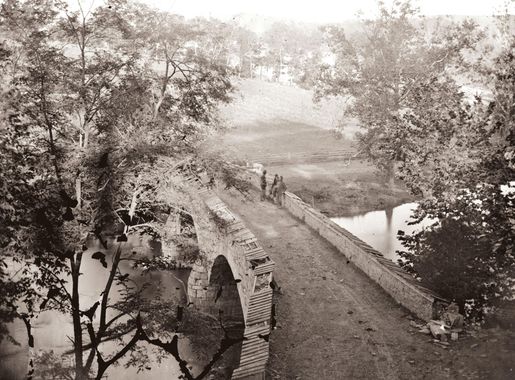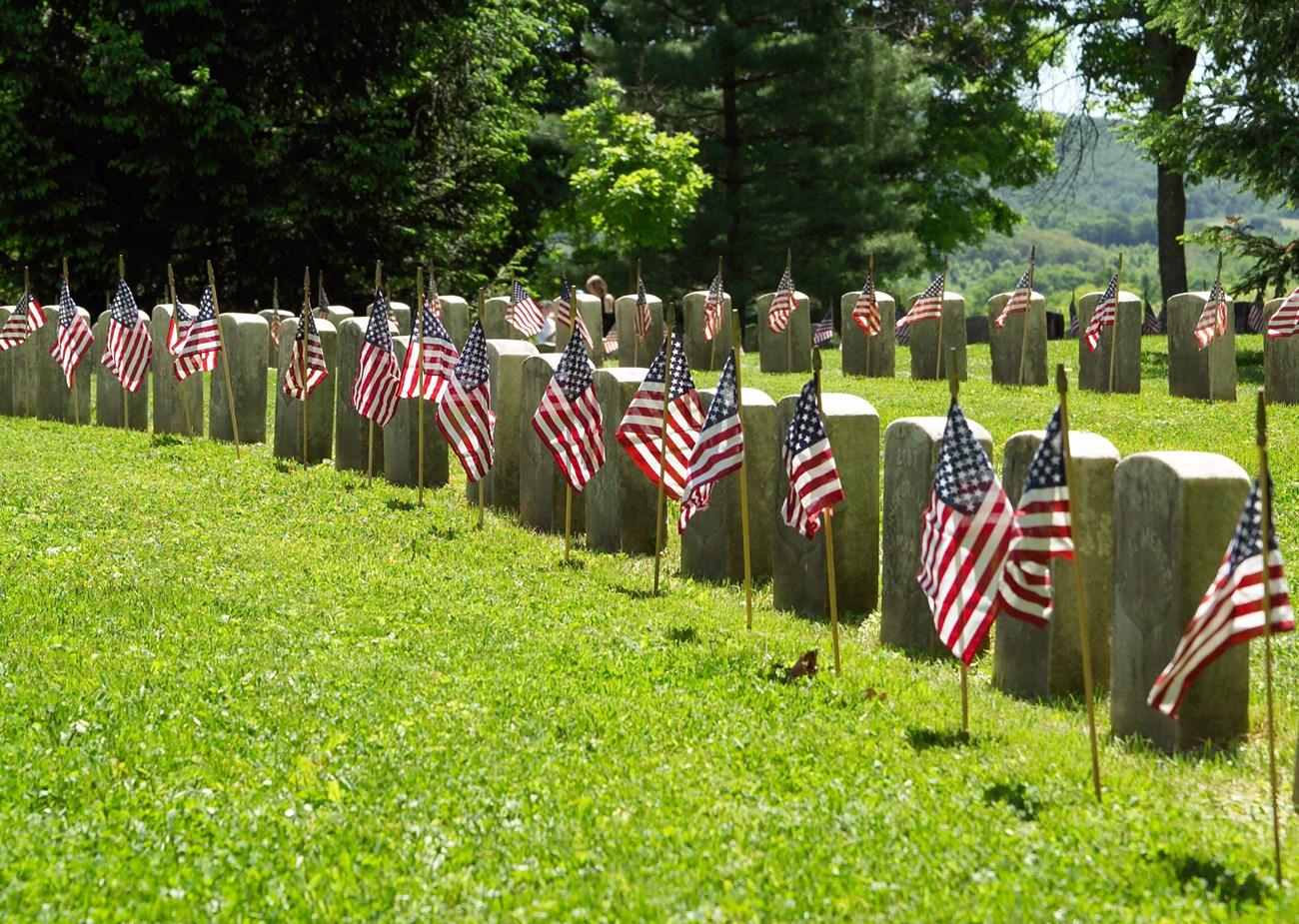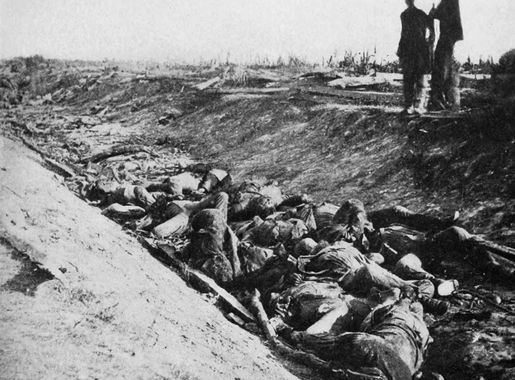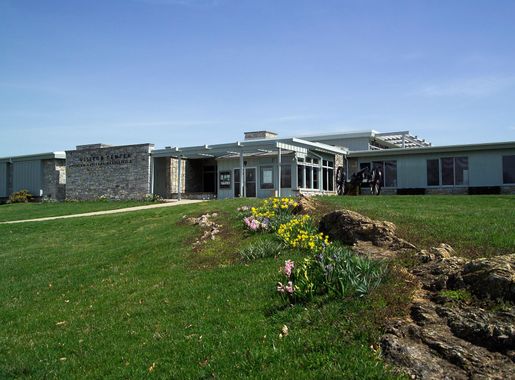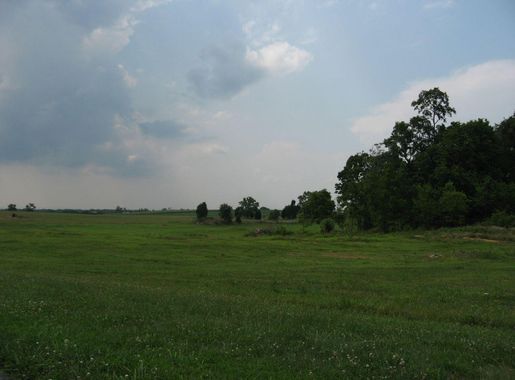
Antietam National Battlefield: A Journey Through History
Explore the pivotal site of the American Civil War at Antietam National Battlefield, where history and nature come together to offer a unique and moving experience.
Antietam National Battlefield, located in Maryland, is a place of profound historical significance. It was here, on September 17, 1862, that the Battle of Antietam took place, marking the bloodiest single day in American history. The battlefield preserves the memory of the soldiers who fought and died on this hallowed ground and offers visitors a chance to step back in time. As you explore the battlefield, you'll find numerous monuments and markers that tell the stories of the brave men who participated in this crucial Civil War battle. The Visitor Center provides insightful exhibits and a powerful film that helps you understand the context and impact of the battle. Ranger-led tours are available, offering expert guidance and in-depth knowledge about key locations such as Dunker Church, the Bloody Lane, and Burnside's Bridge. Beyond its historical significance, Antietam National Battlefield is also a place of natural beauty. The rolling hills and serene landscapes provide a peaceful contrast to the site's turbulent past. Trails and walking paths invite you to explore the area at your own pace, allowing for moments of reflection and appreciation for both history and nature.
Local tips in Antietam National Battlefield
- Arrive early to avoid crowds and get the most out of your visit.
- Wear comfortable walking shoes, as there are many trails and historic sites to explore.
- Visit the Visitor Center first to get an overview of the battlefield and available tours.
- Bring water and snacks, as there are limited facilities within the park.
- Check the weather forecast and dress appropriately, as much of the site is outdoors.
Antietam National Battlefield: A Journey Through History
Antietam National Battlefield, located in Maryland, is a place of profound historical significance. It was here, on September 17, 1862, that the Battle of Antietam took place, marking the bloodiest single day in American history. The battlefield preserves the memory of the soldiers who fought and died on this hallowed ground and offers visitors a chance to step back in time. As you explore the battlefield, you'll find numerous monuments and markers that tell the stories of the brave men who participated in this crucial Civil War battle. The Visitor Center provides insightful exhibits and a powerful film that helps you understand the context and impact of the battle. Ranger-led tours are available, offering expert guidance and in-depth knowledge about key locations such as Dunker Church, the Bloody Lane, and Burnside's Bridge. Beyond its historical significance, Antietam National Battlefield is also a place of natural beauty. The rolling hills and serene landscapes provide a peaceful contrast to the site's turbulent past. Trails and walking paths invite you to explore the area at your own pace, allowing for moments of reflection and appreciation for both history and nature.
When is the best time to go to Antietam National Battlefield?
Iconic landmarks you can’t miss
America's National Parks Store at Antietam National Battlefield
Explore history and shop unique souvenirs at America's National Parks Store in Antietam National Battlefield, a must-visit for any tourist.
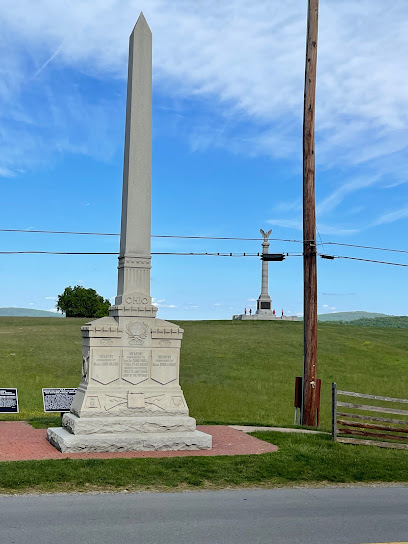
Antietam Battlefield Observation Tower
Explore the historical significance of the Antietam Battlefield Observation Tower, a pivotal site in American history with breathtaking views.
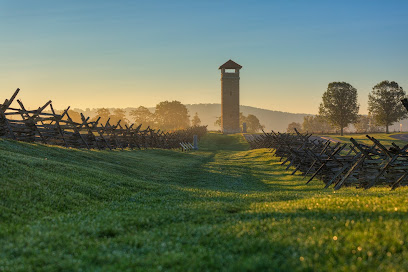
Antietam National Battlefield Visitor Center
Explore the profound history of Antietam National Battlefield Visitor Center, where the stories of courage and sacrifice from the Civil War come alive.
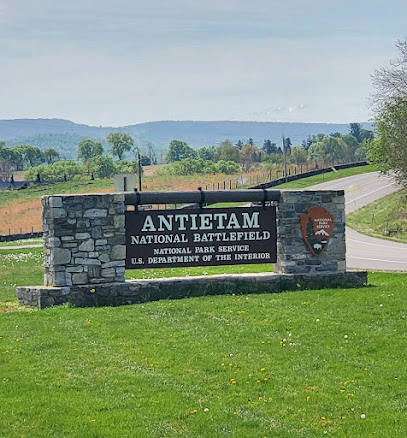
Newcomer House
Explore the rich Civil War heritage at Newcomer House, a must-visit visitor center and museum near Antietam National Battlefield.
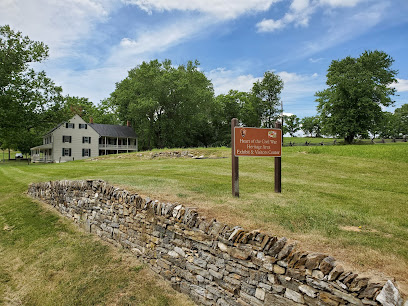
Antietam National Cemetery
Explore the serene Antietam National Cemetery, a tribute to Civil War heroes and a place for reflection in Sharpsburg, Maryland.
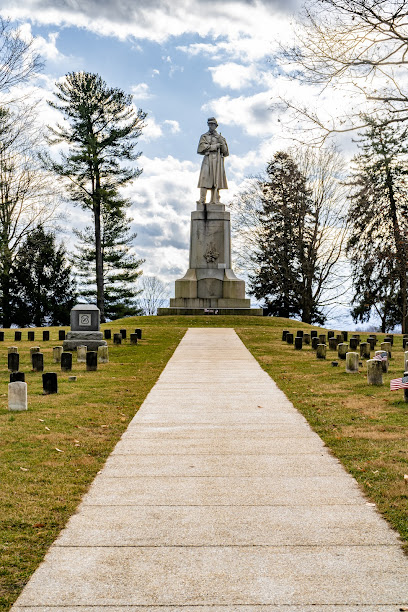
Clara Barton Monument
Explore the Clara Barton Monument in Maryland, a significant historical landmark honoring the founder of the American Red Cross and her humanitarian legacy.
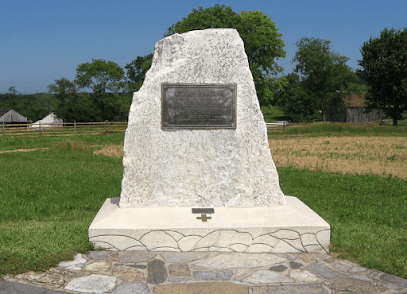
Monument to 5th Maryland Regiment - Antietam
Discover the history and honor associated with the Monument to the 5th Maryland Regiment, a key landmark on the Antietam battlefield.

Monument to 4th Pennsylvania Regiment - Antietam
Explore the Monument to the 4th Pennsylvania Regiment in Antietam, a significant historical site honoring Civil War bravery amidst beautiful Maryland landscapes.
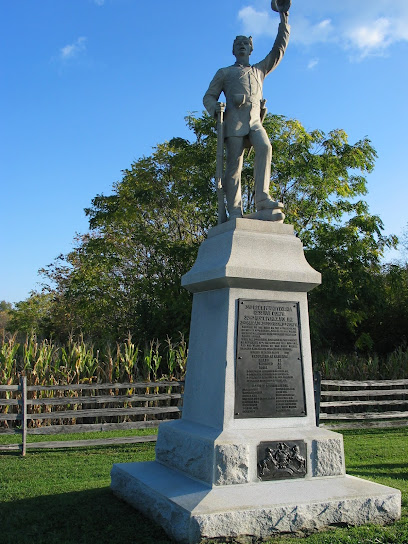
Monuments of Scammon's Brigade/Kanawah Division -Antietam - 12th, 23rd, 30th Ohio
Discover the Monuments of Scammon's Brigade in Sharpsburg, Maryland, a historic landmark commemorating bravery at the Battle of Antietam.
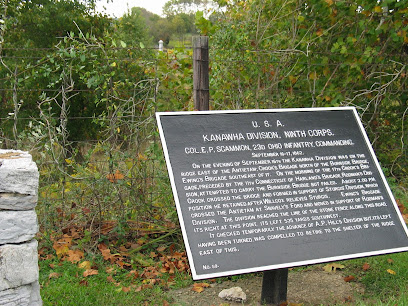
Mount Airy
Explore Mount Airy, a historical landmark in Sharpsburg, Maryland, rich in history and surrounded by breathtaking landscapes perfect for exploration.
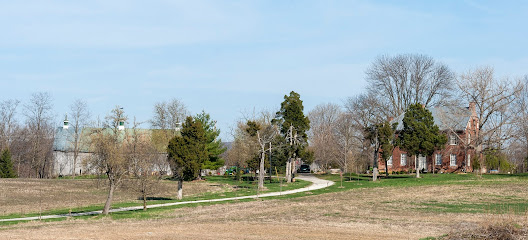
B&O Bridge
Explore the B&O Bridge in Boonsboro, MD, a historic landmark that offers scenic views and a glimpse into America's rich railroad heritage.
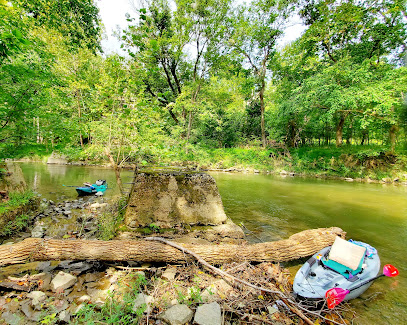
Unmissable attractions to see
Harpers Ferry National Historical Park
Explore the intersection of history and nature at Harpers Ferry National Historical Park, a captivating destination for history enthusiasts and outdoor lovers alike.
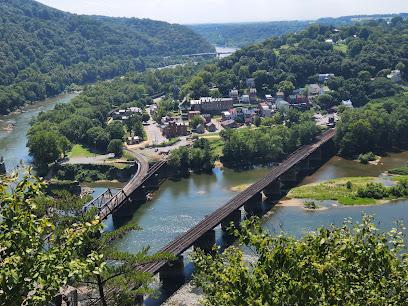
Leesburg Premium Outlets
Discover unbeatable deals and a diverse shopping experience at the Leesburg Premium Outlets—your ultimate destination for fashion and savings in Virginia.

Chesapeake and Ohio Canal National Historical Park
Discover the rich history and stunning landscapes of the Chesapeake and Ohio Canal National Historical Park, a serene escape for nature lovers and history buffs alike.
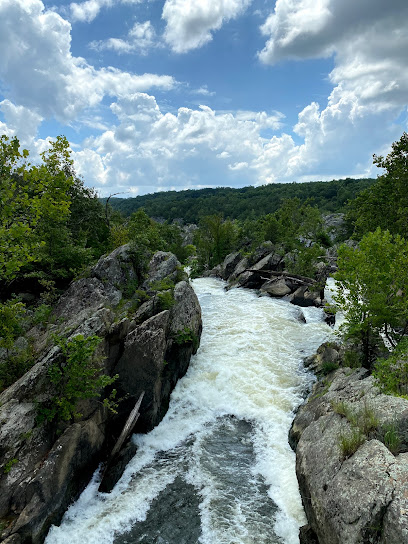
America's National Parks Store at Antietam National Battlefield
Explore America's rich history and find unique souvenirs at America's National Parks Store in Antietam National Battlefield.
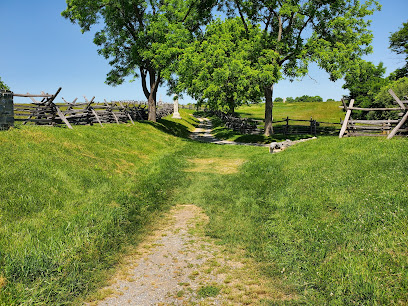
Orr's Farm Market
Experience the charm of Orr's Farm Market, where local produce meets community spirit in the heart of Martinsburg, West Virginia.
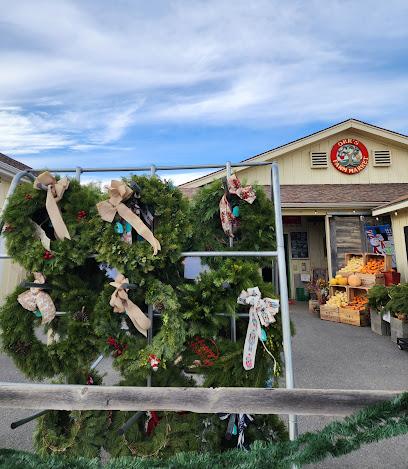
Monocacy National Battlefield
Explore the historic Monocacy National Battlefield, a key Civil War site offering scenic trails, informative exhibits, and a glimpse into America's past.
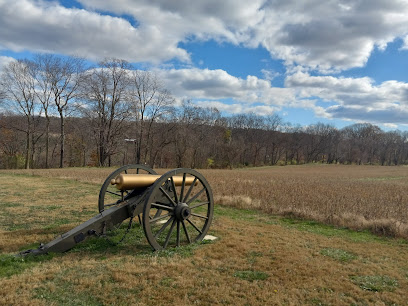
Maryland Heights
Discover Maryland Heights: A serene park in Harpers Ferry offering stunning views, rich history, and outdoor adventures for every traveler.

Nike Factory Store - Leesburg
Explore incredible discounts on premium sportswear at Nike Factory Store in Leesburg - your ultimate shopping destination for athletic gear.

Outback Steakhouse
Experience the rich flavors of Australia at Outback Steakhouse, where quality steaks and lively atmosphere meet in Leesburg, Virginia.

John Brown's Fort
Explore the historic John Brown's Fort in Harpers Ferry, WV, a key site in America's fight for freedom and a beautiful landmark surrounded by nature.

Panera Bread
Discover the cozy charm of Panera Bread in Leesburg, where fresh flavors and a welcoming atmosphere create the perfect dining experience for travelers.

adidas Outlet Store Leesburg
Shop premium athletic apparel and footwear at unbeatable prices at the adidas Outlet Store in Leesburg, VA – a must-visit for sportswear lovers.

Burnside Bridge
Discover the historic Burnside Bridge, a symbol of bravery and resilience, within the serene landscape of Antietam National Battlefield.
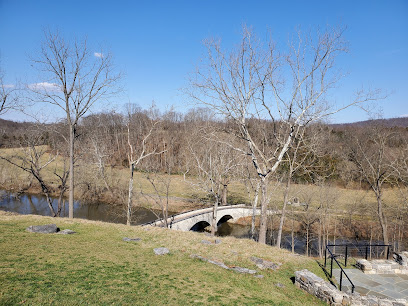
Antietam Battlefield Observation Tower
Discover the rich history of the Antietam Battlefield Observation Tower and enjoy scenic views of a pivotal Civil War site in Maryland.
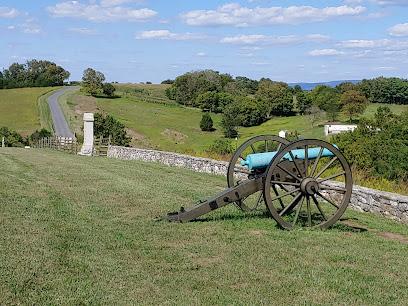
COACH Outlet
Discover luxury shopping at COACH Outlet in Leesburg, where style meets savings on iconic leather goods and accessories.

Essential places to dine
MISSION BBQ
Experience mouthwatering barbecue at MISSION BBQ in Hagerstown—a tribute to America’s heroes with every delicious bite.

BJ's Restaurant & Brewhouse
Discover flavorful dishes and craft brews at BJ's Restaurant & Brewhouse in Hagerstown - your go-to destination for delicious American cuisine.
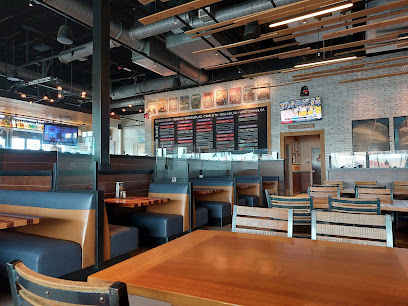
Antietam National Battlefield
Discover Antietam National Battlefield: A serene park honoring Civil War history with trails, monuments, and educational experiences.
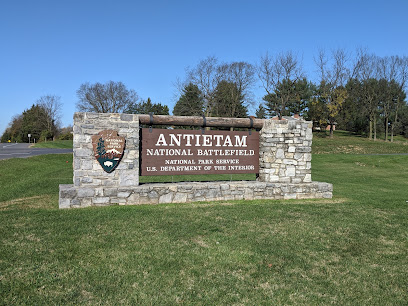
Bonnie's At the Red Byrd
Discover homestyle American breakfasts at Bonnie's At the Red Byrd in Keedysville - where comfort food meets cozy charm.
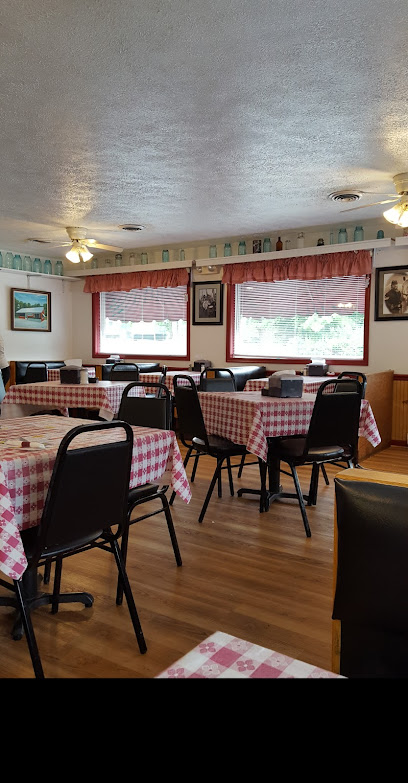
Antietam National Battlefield Visitor Center
Explore Antietam National Battlefield Visitor Center: A Journey Through Civil War History in Maryland's Scenic Landscape.
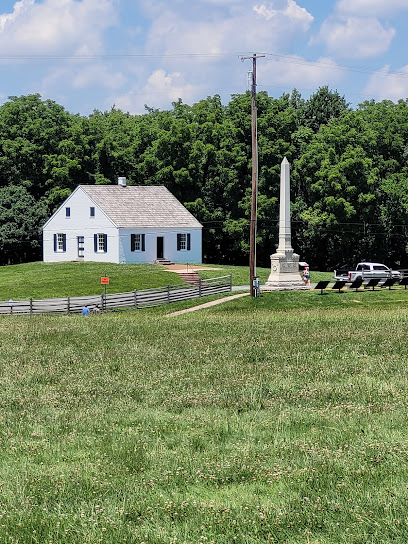
Pete's Tavern
Discover the warmth of Pete's Tavern in Sharpsburg - where local flavors meet historic charm in an inviting bar atmosphere.
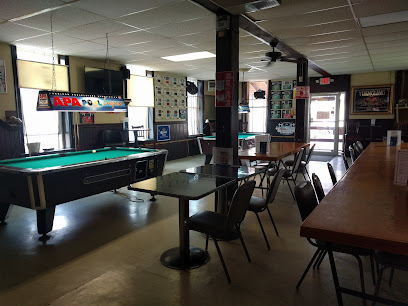
Planks BBQ
Experience mouthwatering barbecue at Planks BBQ in Boonsboro - where smoky flavors meet Southern hospitality!
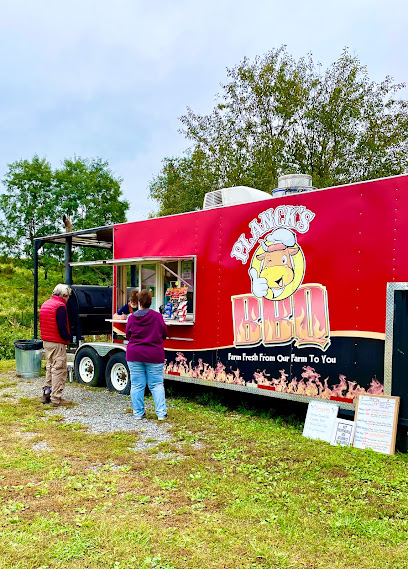
Markets, malls and hidden boutiques
Valley Mall
Discover Valley Mall: A Shopping Haven in Hagerstown, MD, Featuring Diverse Retailers and Delicious Dining Options.
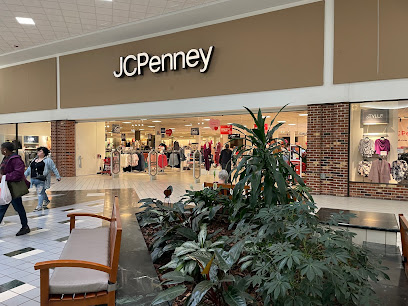
Hagerstown Premium Outlets
Discover unbeatable deals and brand-name shopping at Hagerstown Premium Outlets, your ultimate retail destination in Maryland.
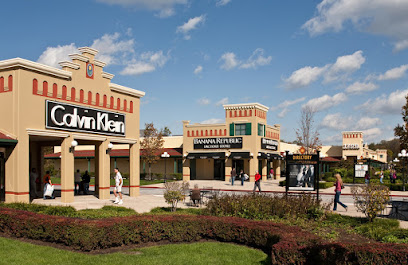
America's National Parks Store at Antietam National Battlefield
Explore America's National Parks Store at Antietam National Battlefield for unique souvenirs, gifts, and educational resources that celebrate history.
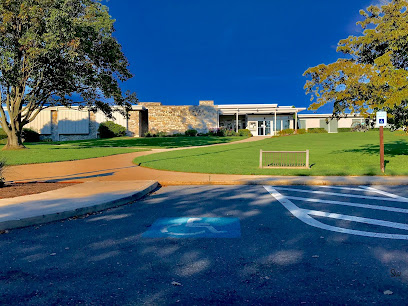
Antietam National Battlefield
Experience the profound history and natural beauty of Antietam National Battlefield, a key site of the American Civil War.
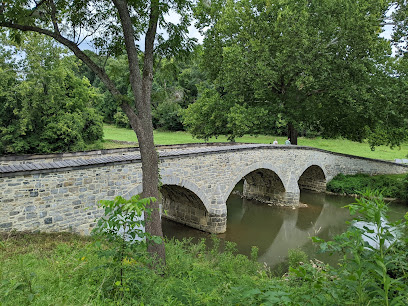
O'Hurley's General Store
Discover the charm of Shepherdstown at O'Hurley's General Store, where unique local goods and artisanal products await every visitor.
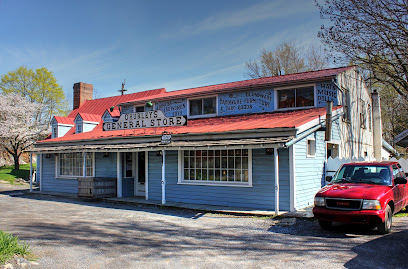
Act II Consignment Shops, Inc
Explore Act II Consignment Shops, a treasure trove of unique finds and vintage items in Hagerstown, MD, perfect for every treasure hunter.

Beaver Creek Antique Market
Unearth unique antiques and vintage treasures at Beaver Creek Antique Market, Hagerstown's premier destination for collectors and explorers alike.
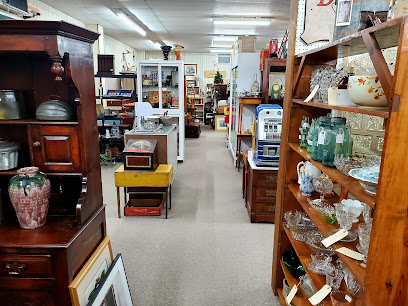
Bazaar
Explore Bazaar in Hampden, Baltimore for unique gifts and local collectibles that celebrate the vibrant spirit of the community.
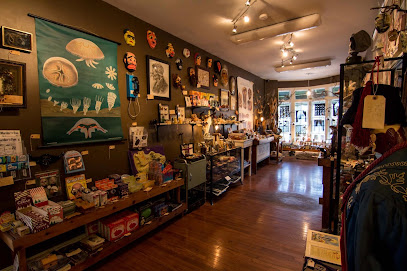
Antique Crossroads
Discover unique vintage treasures at Antique Crossroads, Hagerstown's premier destination for antique shopping and timeless finds.
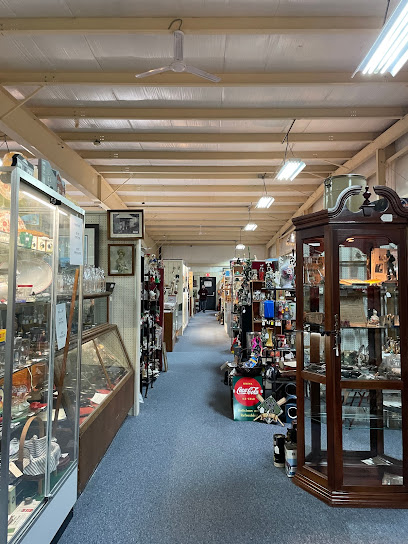
Antietam National Battlefield Visitor Center
Discover the pivotal moments of the Civil War at the Antietam National Battlefield Visitor Center, where history comes alive.

Retro-Metro
Explore Retro-Metro in Downtown Frederick, a unique gift shop offering a variety of jewelry, toys, and novelties for all ages.

Boonsboro Antiques
Explore the charm of vintage collectibles and unique antiques at Boonsboro Antiques, a treasure trove in Maryland's scenic town.
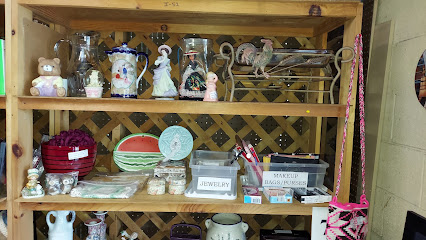
Junkworks Antiques
Explore Hagerstown's unique antique shop, Junkworks Antiques, for an unforgettable treasure hunt experience filled with vintage charm.
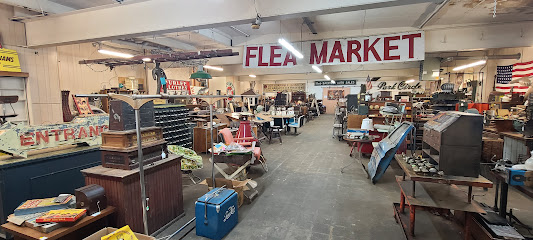
Antietam Gallery
Explore the artistic charm of Antietam Gallery in Sharpsburg, Maryland, where local art and unique gifts await.
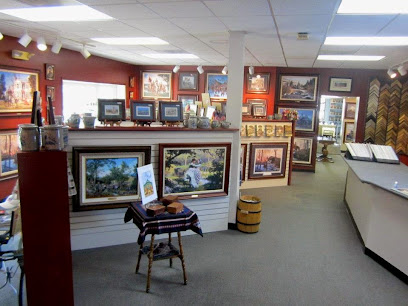
The Overwatch
Explore The Overwatch, Hagerstown's premier thrift store, for unique finds and treasure-hunting adventures in a welcoming environment.
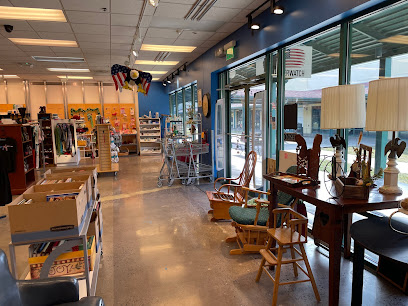
Essential bars & hidden hideouts
BJ's Restaurant & Brewhouse
Discover the perfect blend of delicious food, craft beer, and sports excitement at BJ's Restaurant & Brewhouse in Hagerstown, MD.
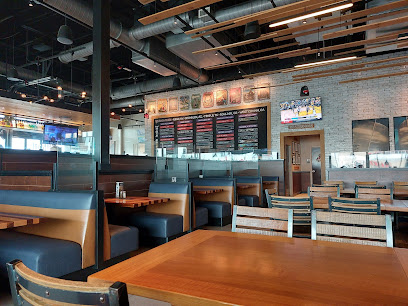
Antietam National Battlefield
Explore Antietam National Battlefield, a historic site reflecting on the pivotal Civil War battle, amidst serene landscapes and rich stories of bravery and sacrifice.
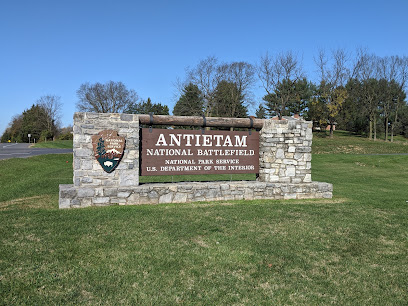
Bonnie's At the Red Byrd
Experience the flavors of America at Bonnie's At the Red Byrd, a delightful breakfast spot in Keedysville, Maryland, perfect for travelers.
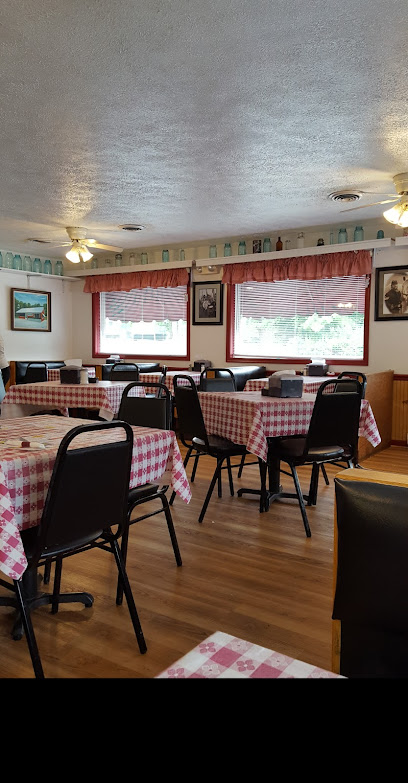
The Brass Tap
Experience a wide selection of craft beers and delicious bites at The Brass Tap in National Harbor, Maryland, perfect for a relaxing evening out.
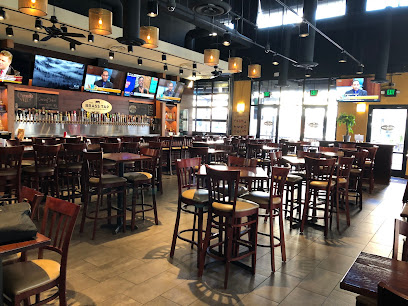
Pete's Tavern
Discover the heart of Sharpsburg at Pete's Tavern, where delicious food and a welcoming atmosphere await every traveler.
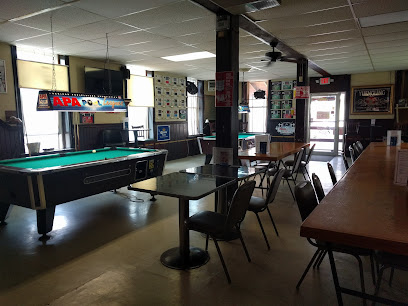
Planks BBQ
Experience the true taste of barbecue at Planks BBQ, Boonsboro's top spot for smoked meats and delicious sides.
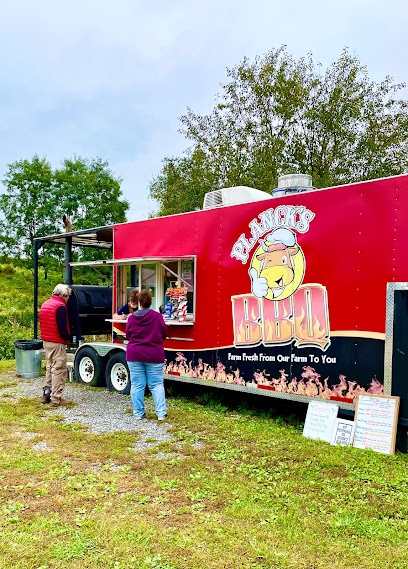
Local Phrases about Antietam National Battlefield
-
- HelloHowdy
[haw-dee] - GoodbyeSee ya
[see yah] - YesYup
[yuhp] - NoNah
[nah] - Please/You're welcomePlease
[pleez] - Thank youThanks
[thaynks] - Excuse me/SorryPardon
[pahr-dn] - How are you?How y'all doin'?
[haw y'all doin'] - Fine. And you?Just fine. How 'bout you?
[jusst fahyn. how 'bout yuh] - Do you speak English?Ya speak English?
[yah speak ing-glish] - I don't understandI don't get it
[ah don't get it]
- HelloHowdy
-
- I'd like to see the menu, pleaseCan I check out the menu?
[kan eye chek out the men-yoo] - I don't eat meatI don't eat meat
[ah don't eat meet] - Cheers!Cheers!
[cheers] - I would like to pay, pleaseI'll settle up now, please
[ahll set-tl up now, pleez]
- I'd like to see the menu, pleaseCan I check out the menu?
-
- Help!Help!
[help] - Go away!Git!
[git] - Call the Police!Get the Sheriff!
[get the shur-iff] - Call a doctor!Fetch the doc!
[fetch the dahk] - I'm lostI'm turned around
[ahm turnd round] - I'm illI'm feelin' poorly
[ahm feelin' poor-ly]
- Help!Help!
-
- I'd like to buy...I reckon I'll take...
[ah reckon eye'll take...] - I'm just lookingJust browsin'
[jusst brow-sin'] - How much is it?How much fer that?
[how much fur that] - That's too expensiveThat's a bit steep
[thats uh bit steep] - Can you lower the price?Can ya do any better on the price?
[kan yah doh any betta on the price]
- I'd like to buy...I reckon I'll take...
-
- What time is it?What time is it?
[what tahm is it] - It's one o'clockIt's one o'clock
[its wun o'clock] - Half past (10)Half past (10)
[haff past (10)] - MorningMornin'
[mornin'] - AfternoonAfternoon
[afternoon] - EveningEvenin'
[evenin'] - YesterdayYest'day
[yest'day] - TodayToday
[today] - TomorrowTomorrer
[tomorrer] - 1One
[wun] - 2Two
[too] - 3Three
[three] - 4Four
[four] - 5Five
[five] - 6Six
[six] - 7Seven
[seven] - 8Eight
[eight] - 9Nine
[nine] - 10Ten
[ten]
- What time is it?What time is it?
-
- Where's a/the...?Where's a/the...?
[wheres a/the] - What's the address?What's the address?
[whats the address] - Can you show me (on the map)?Can you show me (on the map)?
[kan yah show me (on the map)] - When's the next (bus)?When's the next (bus)?
[whens the next (bus)] - A ticket (to ....)A ticket (to ....)
[a ticket (to ....)]
- Where's a/the...?Where's a/the...?
History of Antietam National Battlefield
-
In the summer of 1862, Confederate General Robert E. Lee initiated his first invasion of the North, leading his Army of Northern Virginia across the Potomac River into Maryland. This maneuver aimed to relieve pressure on war-torn Virginia, gain supplies, and possibly encourage European powers to recognize the Confederacy. The Union Army, under the command of Major General George B. McClellan, moved to intercept Lee's forces, setting the stage for a monumental clash.
-
Known as the bloodiest single-day battle in American history, the Battle of Antietam saw approximately 23,000 soldiers killed, wounded, or missing. The battle began at dawn near the Miller Cornfield and raged throughout the day, moving from the Sunken Road—later known as 'Bloody Lane'—to the Burnside Bridge. Despite intense fighting, neither side could claim a decisive victory, although Lee's forces eventually retreated back to Virginia.
-
The Miller Cornfield was the site of ferocious early-morning combat on September 17, 1862. Union troops under General Joseph Hooker clashed with Confederate forces, leading to staggering casualties on both sides. The cornfield changed hands multiple times within a few hours, epitomizing the chaotic and brutal nature of the battle.
-
The Sunken Road, later termed 'Bloody Lane,' was a key defensive position for Confederate forces. Around midday, Union troops launched repeated assaults on this position, eventually breaking through and forcing the Confederates to retreat. The road was so named because of the sheer number of casualties, creating a haunting visual of bodies piled up in the trench.
-
In the afternoon of the battle, Union forces under Major General Ambrose Burnside attempted to cross Antietam Creek via what is now known as Burnside Bridge. Confederate sharpshooters from high ground on the opposite side of the creek inflicted heavy casualties on the Union troops. After several hours of intense fighting, Burnside's men finally crossed the bridge, but their efforts came too late to achieve a decisive victory.
-
Though the Battle of Antietam was tactically inconclusive, it provided President Abraham Lincoln with the political momentum needed to issue the Preliminary Emancipation Proclamation on September 22, 1862. This landmark document declared that all slaves in Confederate-held territory would be free as of January 1, 1863, fundamentally altering the nature and scope of the Civil War.
-
The Dunker Church, a plain white structure belonging to a pacifist German Baptist Brethren congregation, became a landmark during the Battle of Antietam. Located near the Miller Cornfield, it served as a rallying point for Confederate troops and a field hospital. The church has since been restored and stands as a poignant reminder of the battle's human cost.
-
Established in 1867, Antietam National Cemetery serves as the final resting place for over 4,700 Union soldiers who perished in the battle, as well as other conflicts. The cemetery features a monumental statue known as the Private Soldier, or 'Old Simon,' symbolizing the sacrifice and valor of those who fought and died at Antietam.
-
Antietam National Battlefield was established by the War Department in 1890 to preserve the site of the battle. Today, the National Park Service maintains the battlefield, offering visitors a range of interpretive programs, guided tours, and educational exhibits. The park's landscape remains remarkably preserved, allowing visitors to experience the terrain much as the soldiers did in 1862.
Antietam National Battlefield Essentials
-
Antietam National Battlefield is located near Sharpsburg, Maryland. The nearest major airports are Washington Dulles International Airport (IAD) in Virginia, Baltimore/Washington International Thurgood Marshall Airport (BWI) in Maryland, and Ronald Reagan Washington National Airport (DCA) in Washington, D.C. From these airports, you can rent a car or take a shuttle service to reach the battlefield. If driving, Antietam is accessible via Interstate 70 and U.S. Route 40, with clear signage leading to the park.
-
While there are no public transportation options directly to Antietam National Battlefield, car rental services are available at nearby airports and cities. Once at the battlefield, you can explore the area by car, bicycle, or on foot. The park offers a self-guided auto tour with stops at key points of interest. Biking is also a popular way to explore, and there are several trails and paths suitable for pedestrians.
-
The official currency in the United States is the U.S. Dollar (USD). Credit cards are widely accepted at the visitor center and local shops and restaurants. There are ATMs available in nearby towns like Sharpsburg and Hagerstown. It is advisable to carry some cash for small purchases or if you plan to visit more rural areas where card payments might not be accepted.
-
Antietam National Battlefield is generally a safe destination for tourists. However, it is always wise to take standard precautions. Keep an eye on your belongings, especially in crowded areas such as the visitor center. While Sharpsburg and the surrounding areas do not have high crime rates, it is still advisable to avoid walking alone at night in unfamiliar places.
-
In case of emergency, dial 911 for immediate assistance. The visitor center has basic first aid supplies, and there are medical facilities in nearby Hagerstown. It is recommended to have travel insurance that covers medical emergencies. For minor health issues, there are pharmacies in Sharpsburg and Hagerstown where you can purchase over-the-counter medications.
-
Fashion: Do wear comfortable clothing and sturdy shoes, as you will likely be walking or hiking. Avoid wearing flip-flops or high heels. Religion: Do respect the monuments and memorials. Although not religious, they are places of reverence. Public Transport: There is no public transport to the battlefield; plan accordingly. Greetings: A friendly greeting or a nod is sufficient. Eating & Drinking: Do bring your own water and snacks; there are picnic areas available. Don't litter; use the designated trash bins.
-
To experience Antietam like a local, visit during the early morning or late afternoon to avoid crowds and enjoy the serene atmosphere. Take the time to walk the quieter trails, such as the Final Attack Trail. Engage with park rangers who can provide insightful information and stories about the battlefield. Don't miss the opportunity to attend a ranger-led tour or a living history demonstration if available. For a unique perspective, visit the battlefield during the annual Antietam Memorial Illumination in December.
Trending Landmarks in Antietam National Battlefield
-
America's National Parks Store at Antietam National Battlefield
-
Antietam Battlefield Observation Tower
-
Antietam National Battlefield Visitor Center
-
Newcomer House
-
Antietam National Cemetery
-
Clara Barton Monument
-
Monument to 5th Maryland Regiment - Antietam
-
Monument to 4th Pennsylvania Regiment - Antietam
-
Monuments of Scammon's Brigade/Kanawah Division -Antietam - 12th, 23rd, 30th Ohio
-
Mount Airy
-
B&O Bridge
Nearby Cities to Antietam National Battlefield
-
Things To Do in Hagerstown
-
Things To Do in Martinsburg
-
Things To Do in Frederick
-
Things To Do in Gaithersburg
-
Things To Do in Gettysburg
-
Things To Do in Rockville
-
Things To Do in Bethesda
-
Things To Do in Silver Spring
-
Things To Do in Laurel
-
Things To Do in Towson
-
Things To Do in Baltimore
-
Things To Do in Waldorf
-
Things To Do in Annapolis
-
Things To Do in Hershey
-
Things To Do in Lancaster

